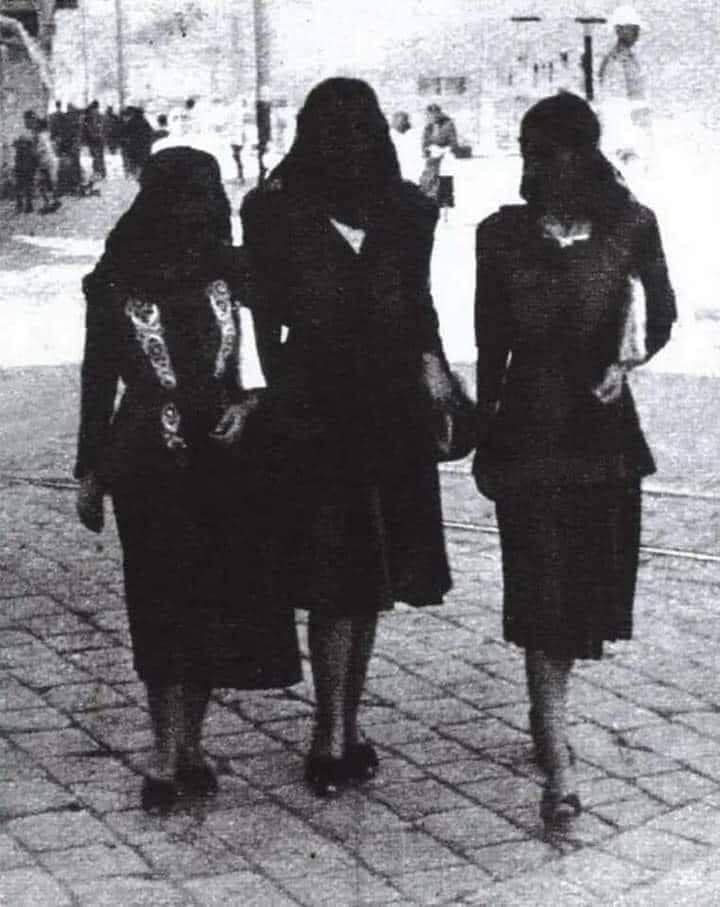What’s the Story Behind Aamle el Sab’a w Zammeta?
The popular Syrian saying “ Aamle el sab’a w zammeta ” has an interesting story that reflects the cleverness and skill of the Damascenes. The story goes back to the era of the Ottoman governor Midhat Pasha, who played a significant role in introducing reforms and modernizing Damascene society.

Mervat the Seamstress
During that time, Mervat was a talented seamstress in the Al-Qanawat neighborhood of Damascus. Mervat was famous for her exceptional skills, and people would travel from relatively far places like Al-Maysat and Al-Muhajireen for her. Her reputation spread far and wide, and no one could rival her in her craft.
With the reforms introduced by Midhat Pasha, European fashion trends started making their way into Damascus. It included dresses with the popular open “V-neck” or “seven” shape in Arabic. Mervat was the first seamstress in Damascus to master sewing these dresses, and soon, people flocked to her shop to wear the latest trends.
After a while, fashion evolved. The demand shifted towards dresses with a more intricate, gathered V-neck style, which was much harder to sew. No one knew how to make them except Mervat. She quickly adapted to the new fashion and became the first in Damascus to sew these types of dresses. This further boosted her fame.
When people were looking for a skilled seamstress to make these complex dresses, they would ask if the seamstress “does the seven.” If they heard the response “yes, she does the seven”, they would be reassured of her skill.
Thus, the Damascene saying “ Aamle el sab’a w zammeta ” became commonly used, originally to describe someone who could accomplish something difficult, complex, and distinctive. Over time, the saying’s meaning shifted to take on a negative connotation. Now, it’s often used to describe someone with a questionable reputation. But at its core, the story all began with a V-neck dress.